The Science of Glacial Movements and Their Impact
Introduction
Glaciers, massive bodies of dense ice, are a central part of the Earth's cryosphere. They are a significant component of the global climate system and play a crucial role in the Earth's water cycle. Glacial movements, also known as glacial motion, are a key aspect of glaciology, the scientific study of glaciers and ice sheets. This article delves into the science of glacial movements and their impact on various aspects of the Earth's system.
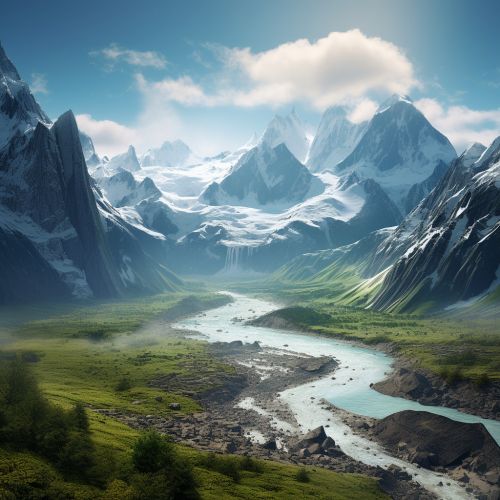
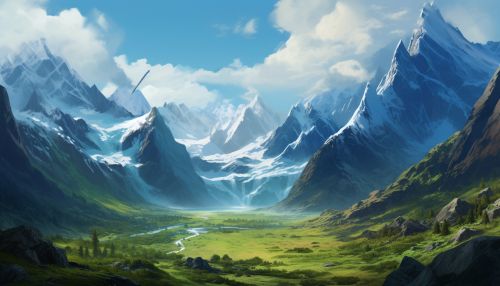
Glacial Movements: An Overview
Glacial movements are primarily driven by the force of gravity. The ice in a glacier deforms internally and at the base, causing it to flow down valleys, carve out landscapes, and transport sediments. The speed of glacial movement varies and is influenced by factors such as ice thickness, slope steepness, bedrock topography, and temperature.
Types of Glacial Movements
Glacial movements can be classified into two main types: internal deformation and basal sliding.
Internal Deformation
Internal deformation, also known as creep, occurs when the ice crystals within a glacier change shape and position relative to each other under the influence of stress. This is the primary mode of movement for cold-based glaciers, which are frozen to their beds.
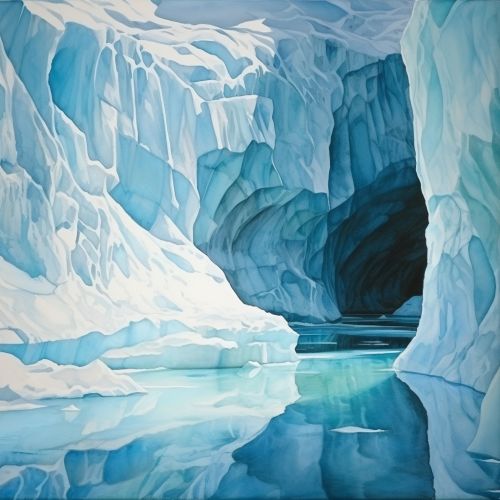

Basal Sliding
Basal sliding, on the other hand, occurs when the glacier slides over the bedrock beneath it. This is facilitated by a thin layer of meltwater at the base of the glacier, which acts as a lubricant. Basal sliding is the dominant mode of movement for temperate or warm-based glaciers, which are not frozen to their beds.
Factors Influencing Glacial Movements
Several factors influence the speed and direction of glacial movements. These include the glacier's size and shape, the gradient of the slope, the temperature and pressure conditions, and the properties of the bedrock beneath the glacier.
Glacier Size and Shape
The size and shape of a glacier can significantly influence its movement. Larger and thicker glaciers tend to move faster due to the increased gravitational force acting on them.
Slope Gradient
The gradient of the slope on which a glacier rests also plays a crucial role in its movement. Steeper slopes generally result in faster glacial movements.
Temperature and Pressure Conditions
The temperature and pressure conditions within and beneath a glacier can greatly affect its movement. Higher temperatures can lead to more meltwater, facilitating basal sliding, while increased pressure can enhance internal deformation.
Bedrock Properties
The properties of the bedrock beneath a glacier, such as its roughness and permeability, can also influence glacial movement. Rough, jagged bedrock can impede movement, while smooth, slippery bedrock can facilitate it.
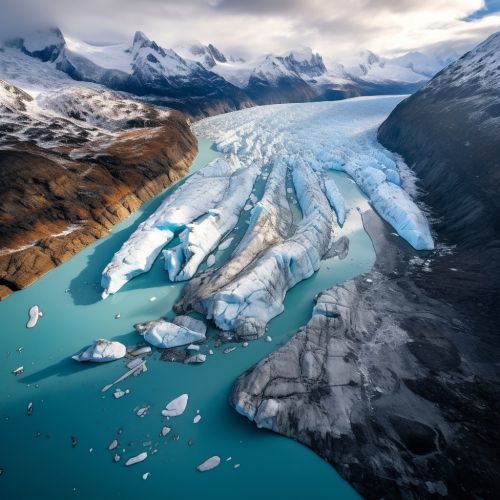
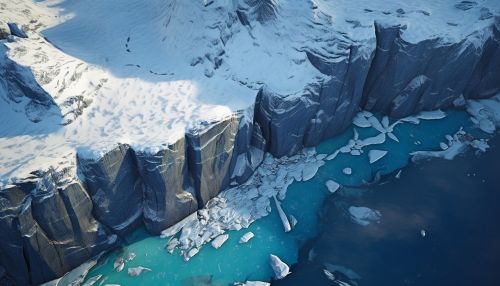
Impact of Glacial Movements
Glacial movements have a profound impact on various aspects of the Earth's system, including its landscapes, ecosystems, and climate.
Landscape Formation
Glacial movements are responsible for the formation of many of the Earth's landscapes. As glaciers move, they erode the underlying bedrock, carving out valleys and creating distinctive landforms such as U-shaped valleys, cirques, and moraines.
Ecosystem Changes
Glacial movements can also lead to changes in ecosystems. As glaciers advance and retreat, they can alter habitats, influencing the distribution and diversity of plant and animal species.
Climate Influence
Glaciers play a crucial role in the Earth's climate system. Their movements can affect sea level, ocean circulation, and atmospheric conditions. For instance, the melting of glaciers due to global warming can contribute to sea-level rise.
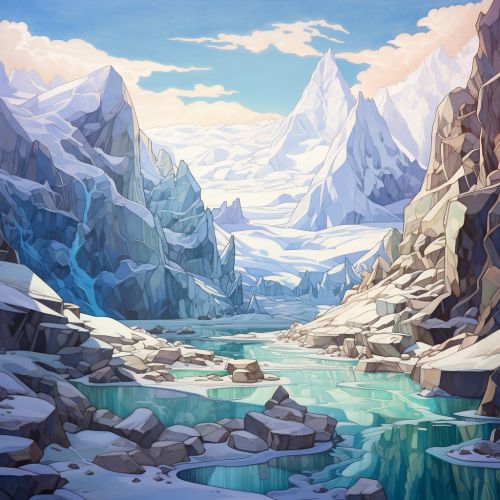
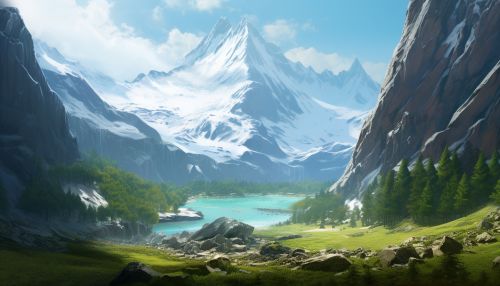
Measuring Glacial Movements
Scientists use a variety of methods to measure glacial movements. These include ground-based techniques such as GPS and remote sensing methods like satellite imagery and radar interferometry.
Ground-Based Techniques
Ground-based techniques involve placing markers on the glacier's surface and tracking their movement over time using GPS. This provides accurate measurements of the glacier's speed and direction of movement.
Remote Sensing Methods
Remote sensing methods involve using satellite imagery and radar interferometry to track the movement of glaciers. These methods can cover large areas and provide a comprehensive view of glacial movements.
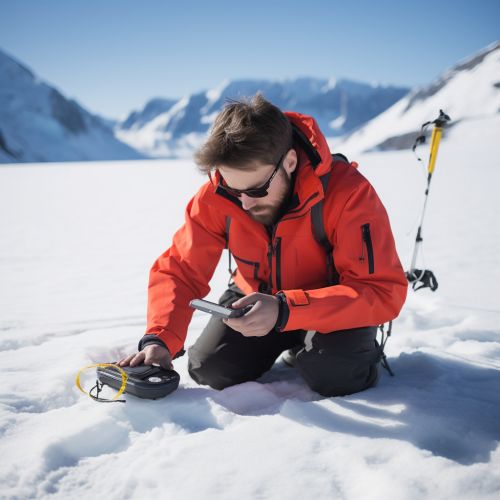
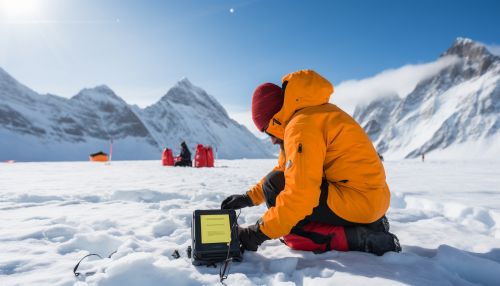
Conclusion
Understanding the science of glacial movements and their impact is crucial for predicting future changes in the Earth's system, particularly in the context of climate change. As the Earth continues to warm, glaciers are melting at an unprecedented rate, leading to increased sea-level rise and changes in ecosystems. By studying glacial movements, scientists can gain valuable insights into these processes and develop strategies to mitigate their impacts.
